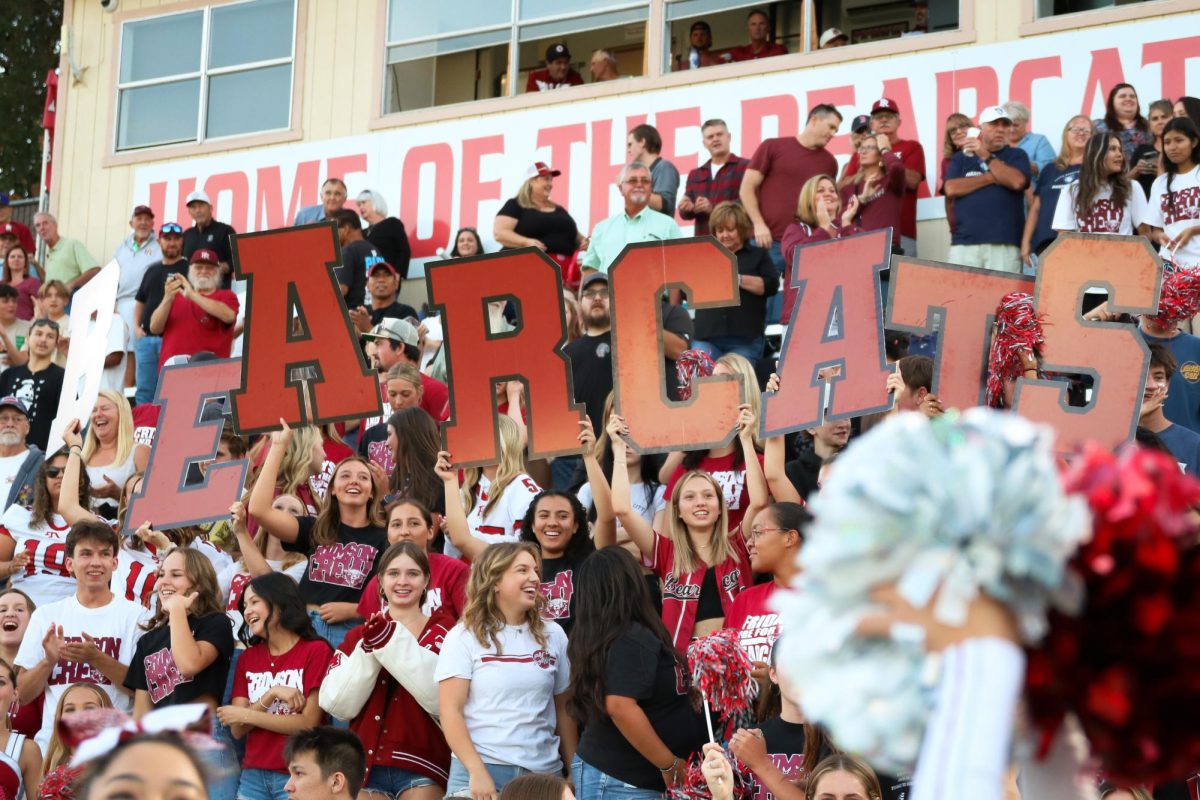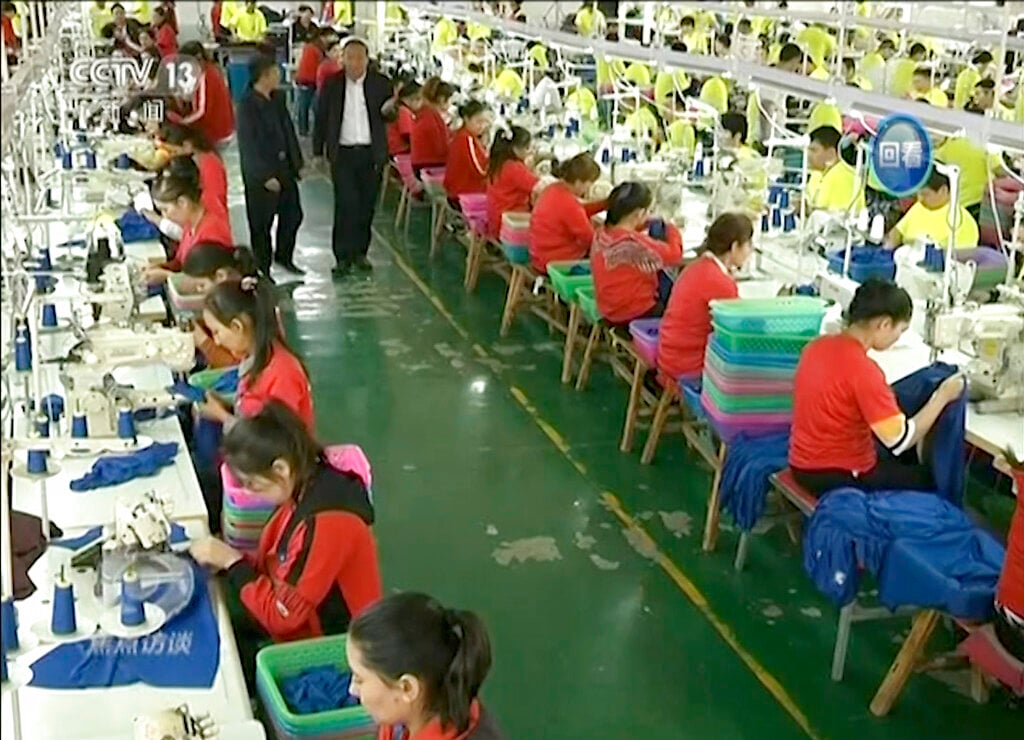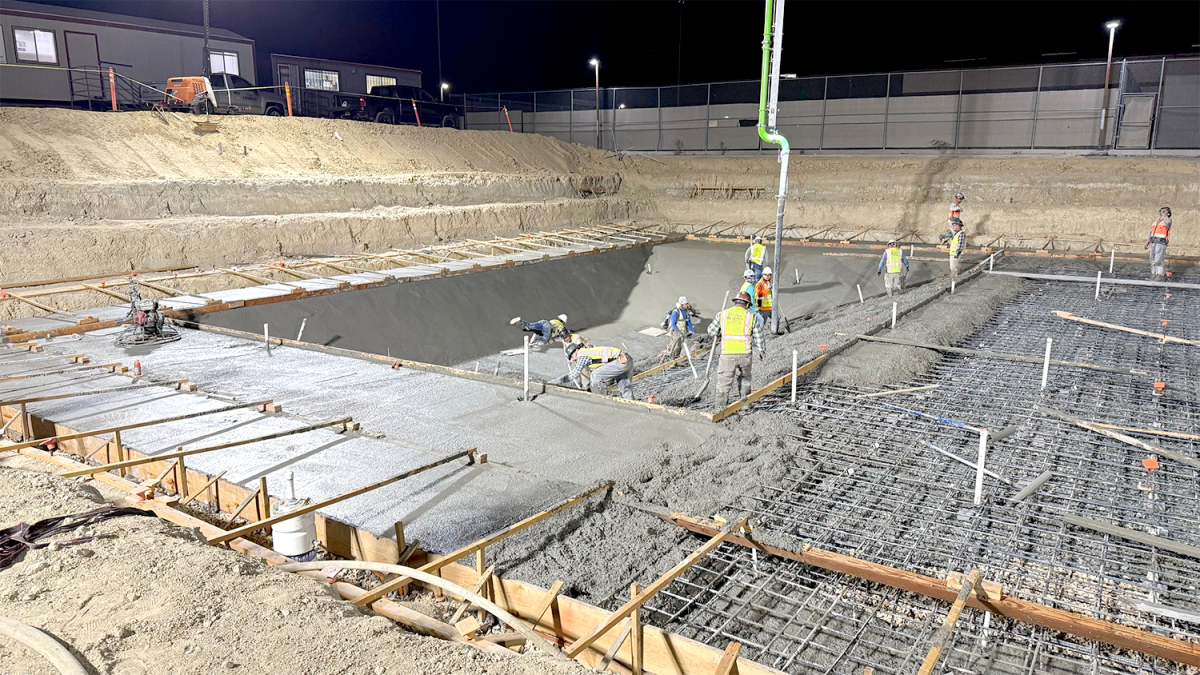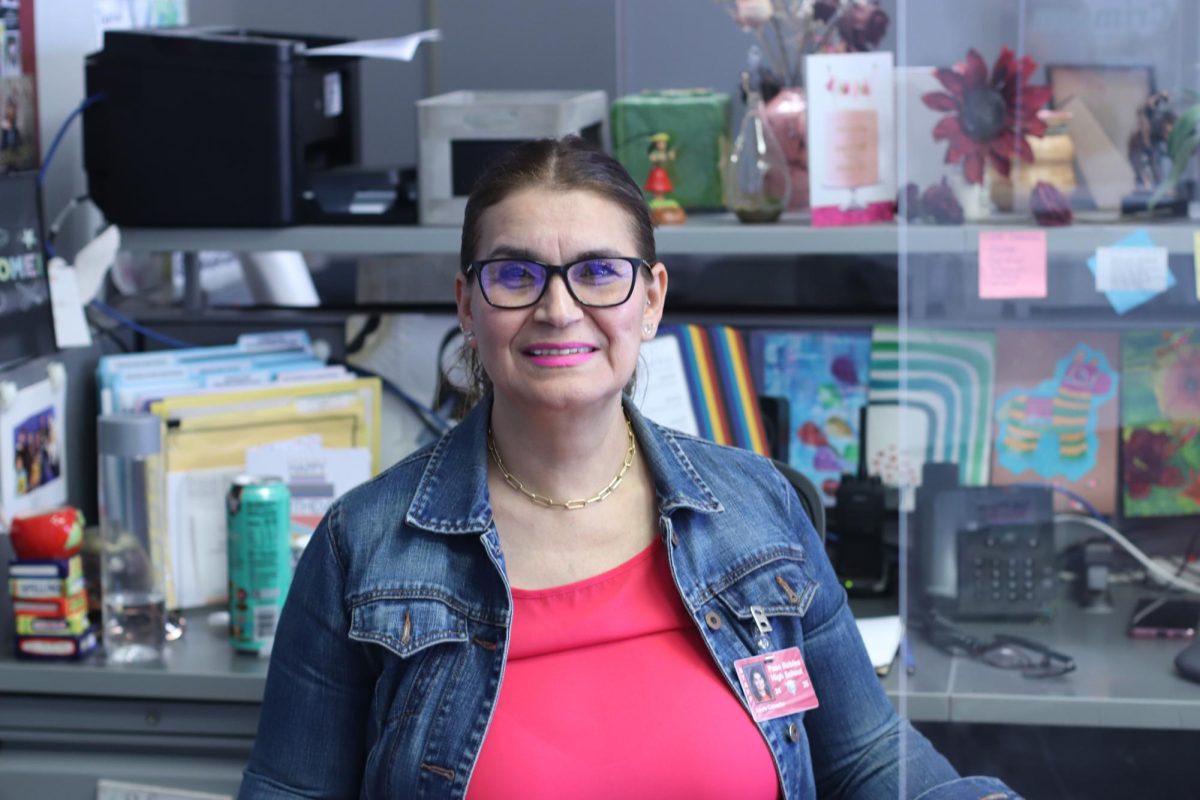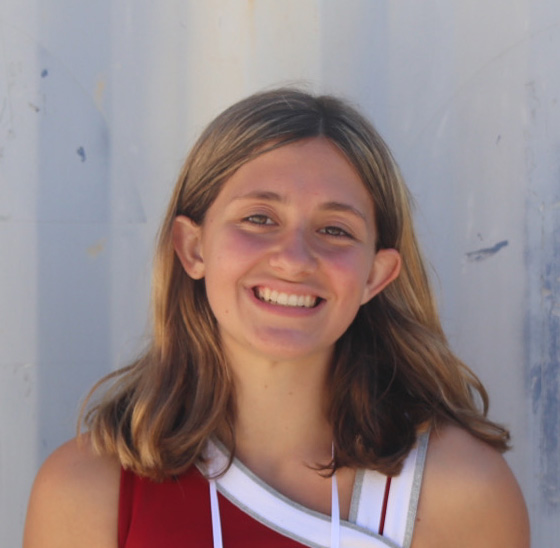Thirteen students embarked on a week long adventure to multiple beaches along the Central Coast in order to learn more about intertidal organisms
Students peer down into a dark tide pool trying to get as low as possible without fully getting soaked with salty sea water, looking for sea stars and owl limpets but finding much more from beyond the sea. The Marine Intertidal Monitoring Project opportunity offered by the PRHS science department, led by Jon-Paul Ewing and Amanda Caffrey, restarted the 2022-23 school year Field Studies Collaborative courses.13 students, ranging from sophomore to senior, embodied their inner marine biologist and observed different intertidal life over the course of a week.

As the 3:30 school bell rang, Monday to Thursday, the total of 15 participants rushed into two vans and drove to each site: Montana de Oro, Shell Beach, San Simeon, and Cayucos hoping for the lowest tide possible for research.
I learned so much more than I thought I would on this study. Now when I go to the beach I know what I am looking at and am able to really see the different species in those areas.
Domenghini was one of the many juniors selected to be a part of this class and was grateful for the opportunity to learn more about intertidal life. She originally took this course to not only learn more but help her get more field experience and preparedness for science classes in college where she plans on studying medicine.
At the first site, the students were tasked with counting the number of sea stars they saw and determining what their health status was.
Next was random data using a quadrant plot, made with 25 squares inside the larger square, and a transect in which measured where the researchers were to start and stop gathering data on various different species such as Turban Snails, Chitons, and Whelks.
At San Simeon, the students used the same system. This time, however, they moved exactly on the line in intervals of 10 cm, starting from zero still looking for the different intertidal organisms and algae’s present.
Lastly the students ended in Cayucos counting owl limpets within a circular radius as well as counting sea stars again. Traversing clusters on Sea Mussels, the students were able to gather data to help spread awareness of these organisms, contributing to studies at both UC Santa Cruz and UC Davis. This was the first FSC course offered for the year, with at least four more options available throughout the winter, spring, and summer.
Ayala was the only underclassmen in the course this year and she has been trying to experience as much field research to help narrow down where in science she would like to continue with. Being an underclassmen did not deter her from applying, however, with herself already having been on the Santa Cruz Island research team, she wanted an opportunity to study more marine biological life.
Marine Intertidal made me feel like I was a part of something bigger than just an ordinary extracurricular






